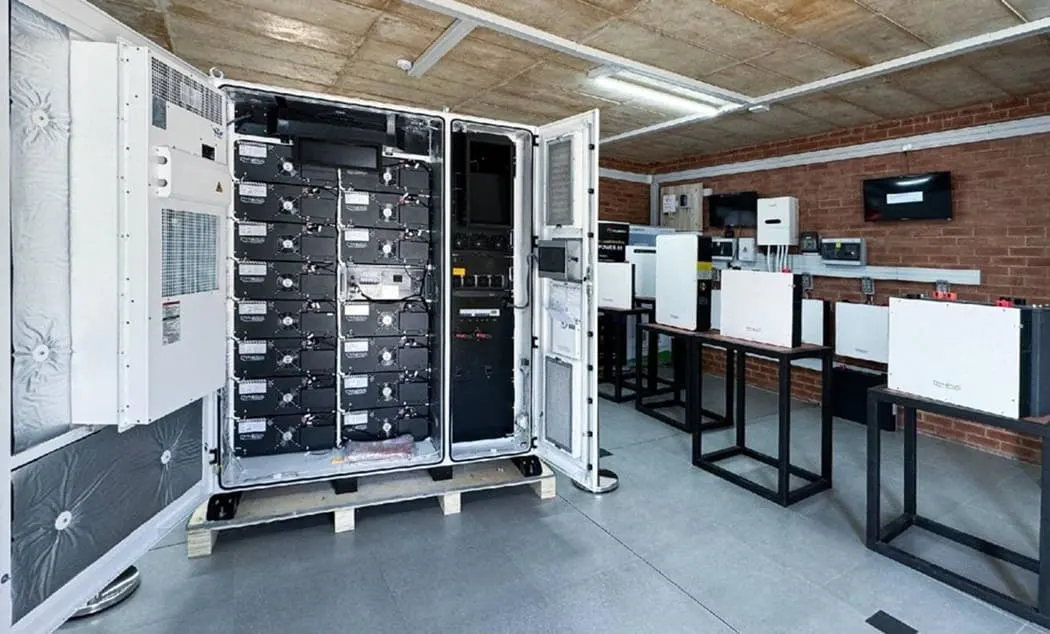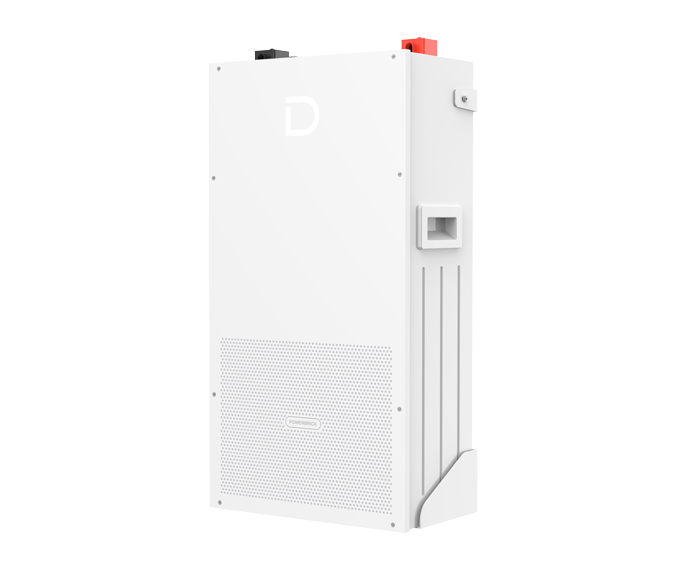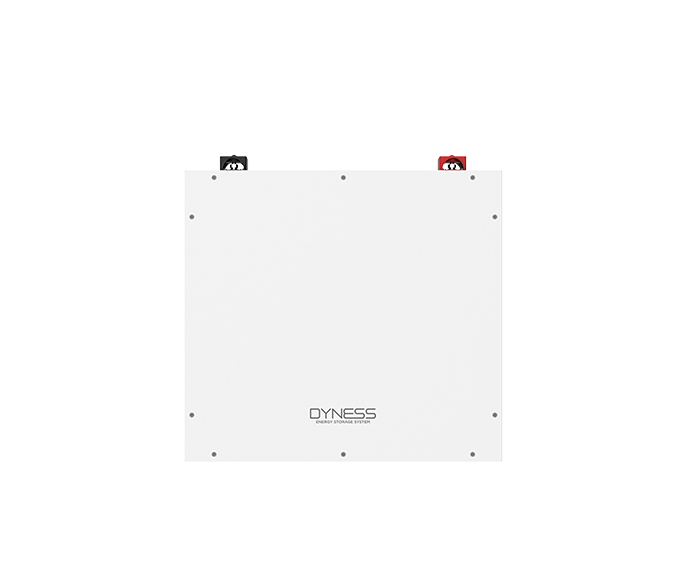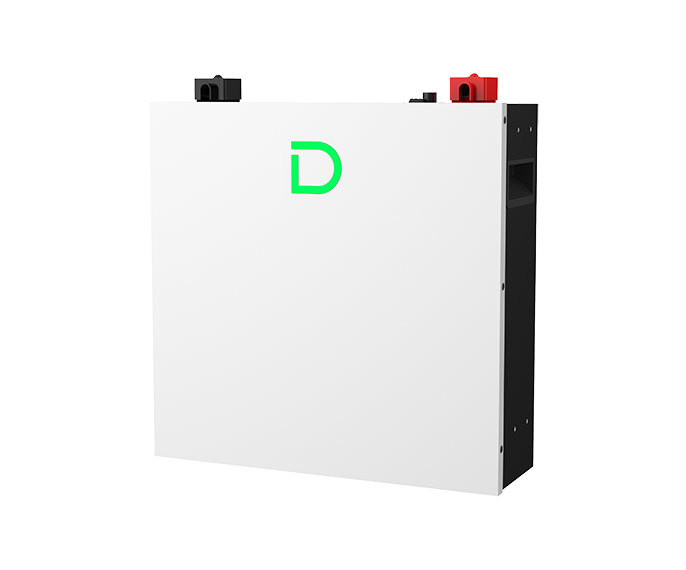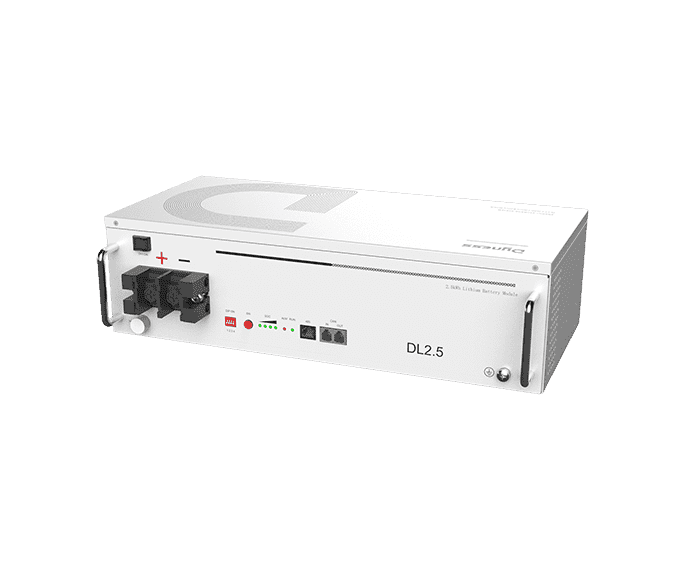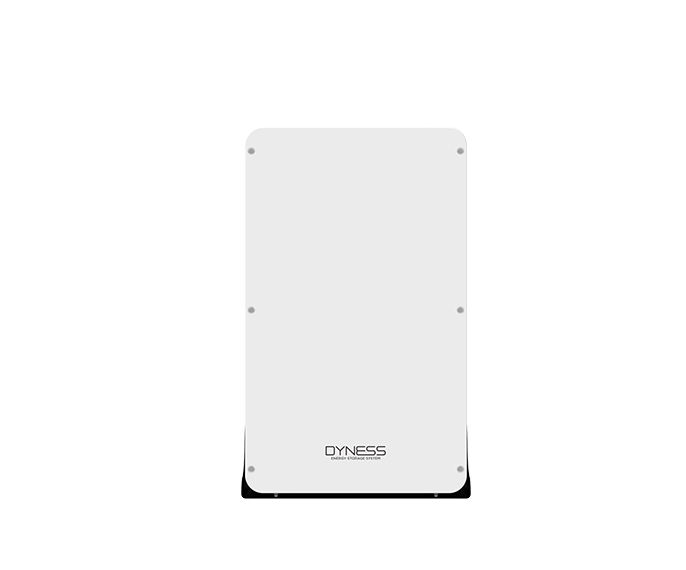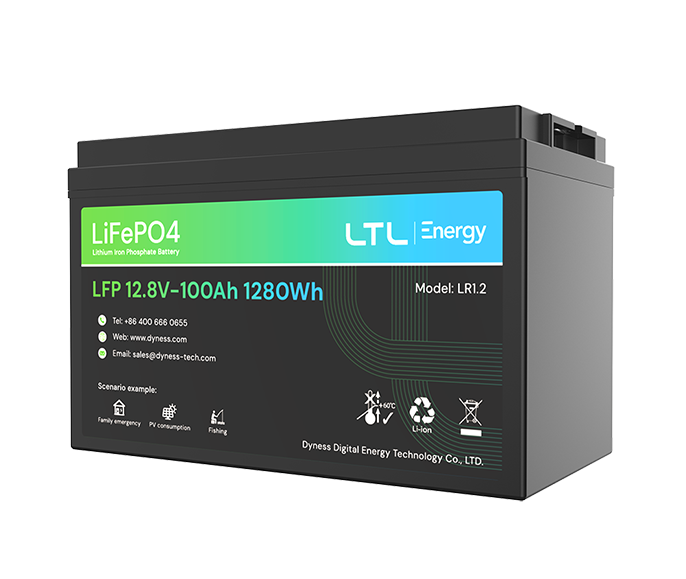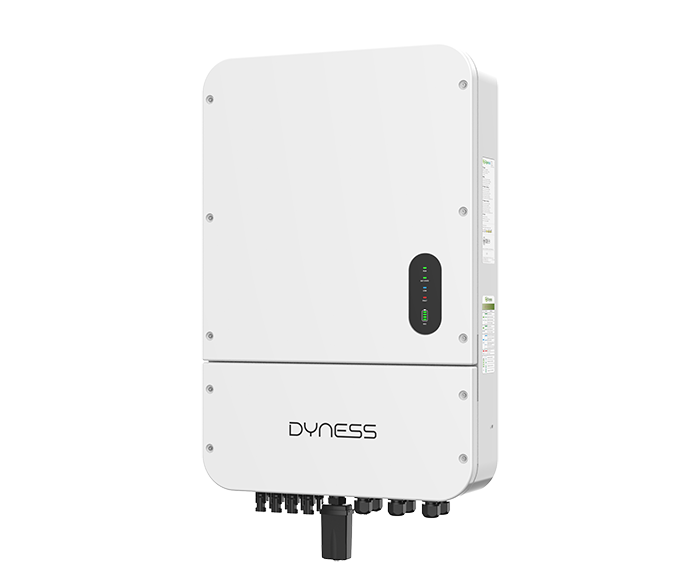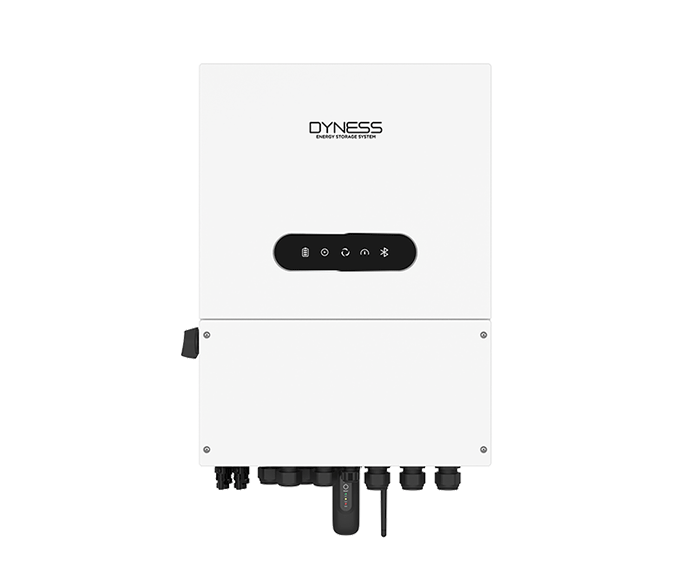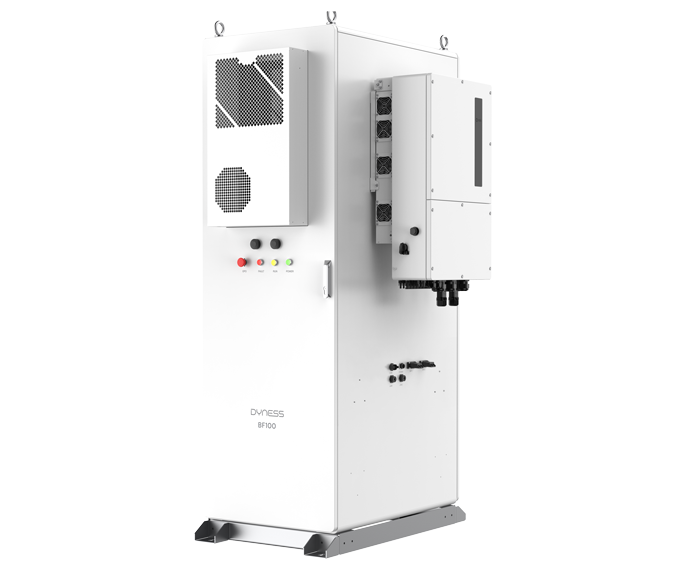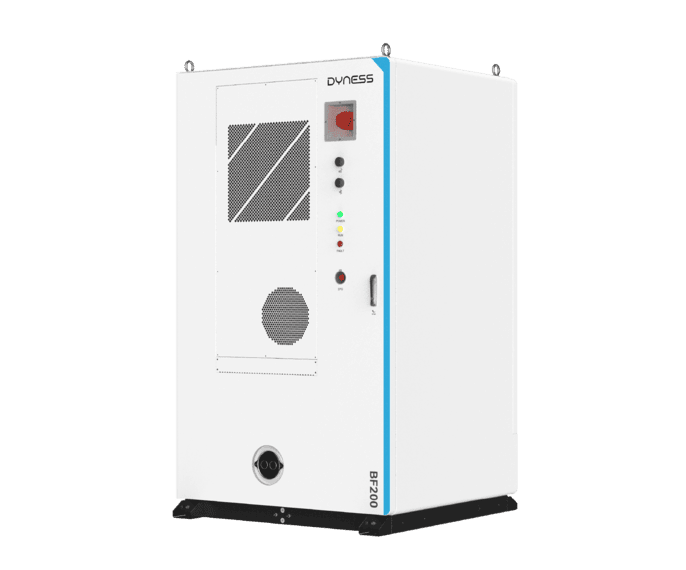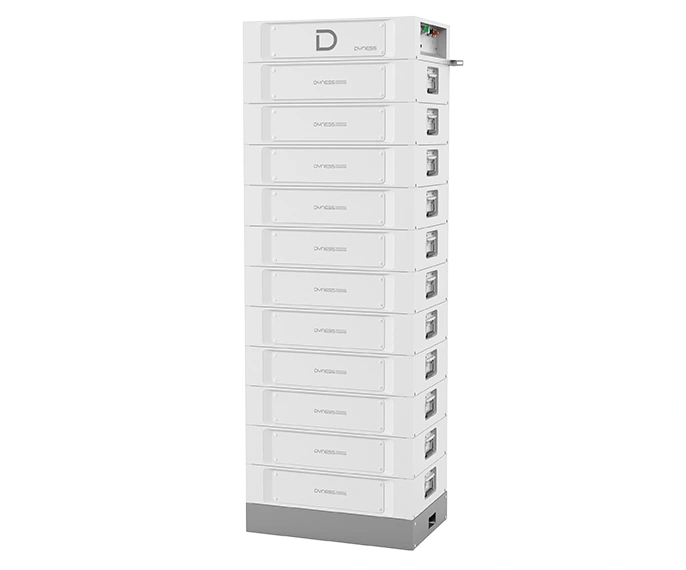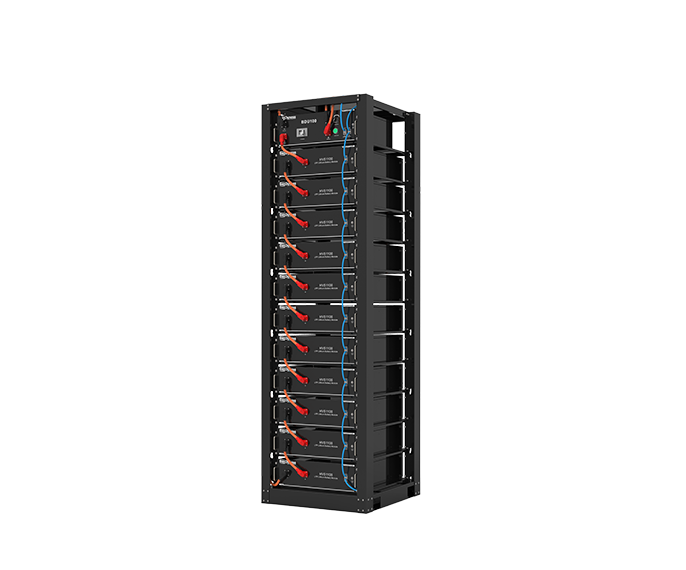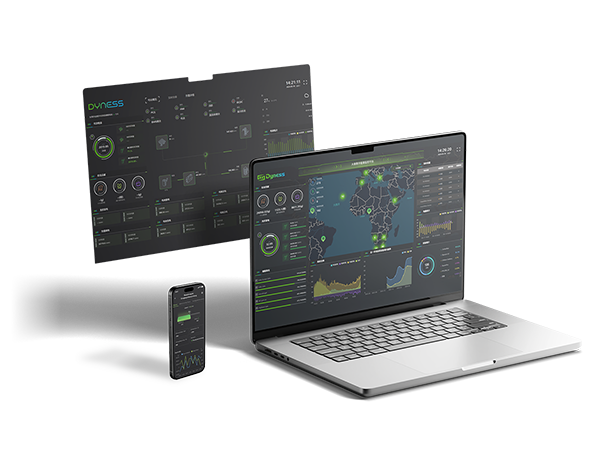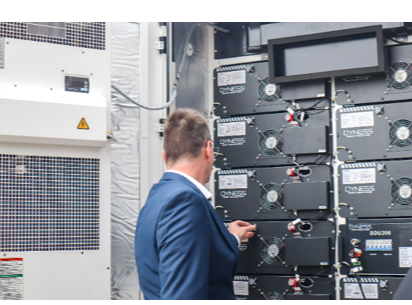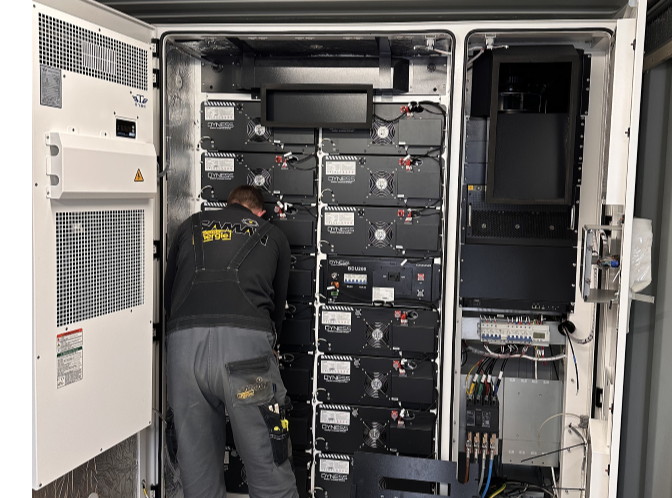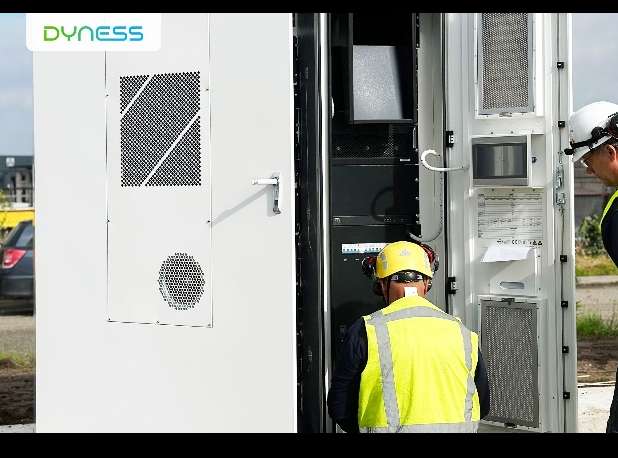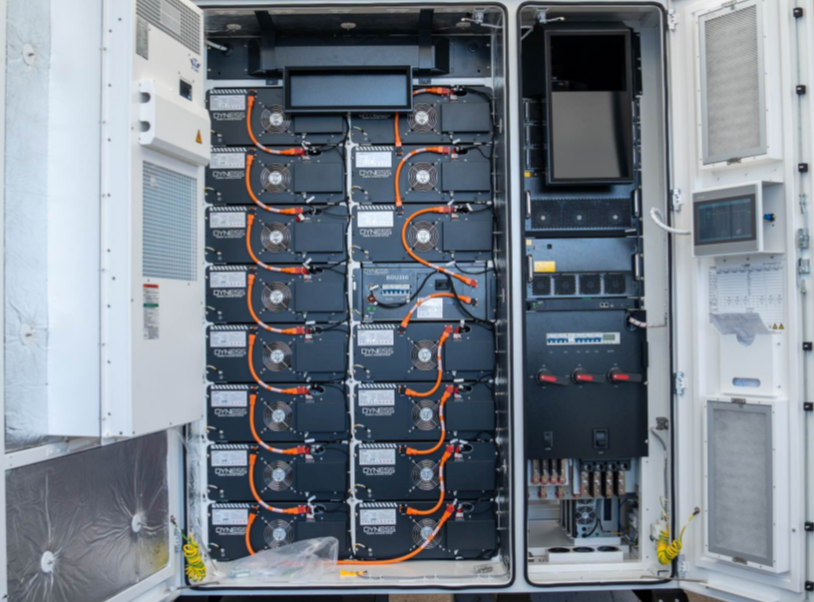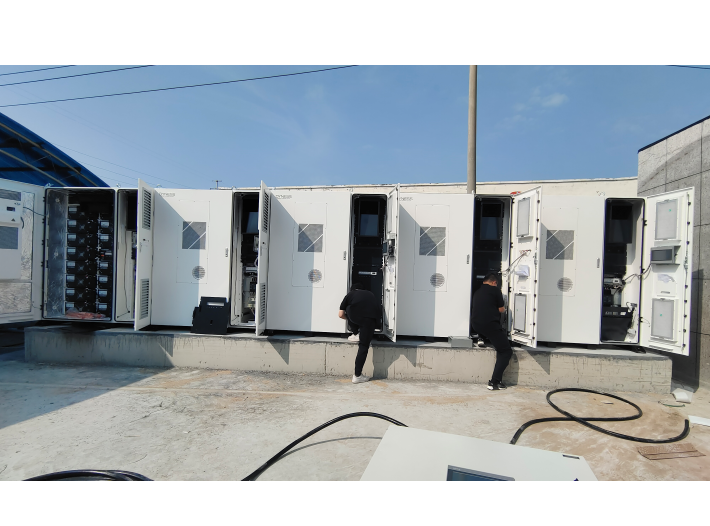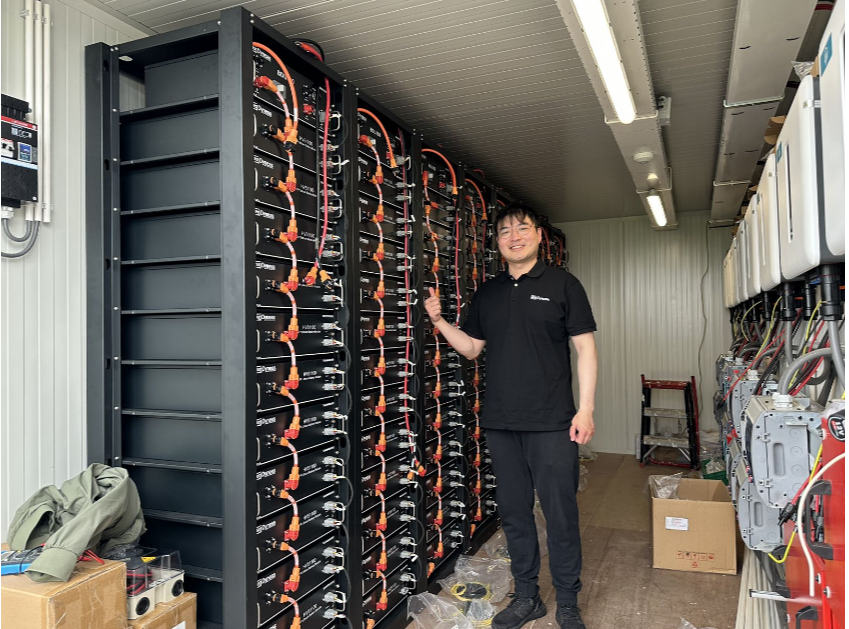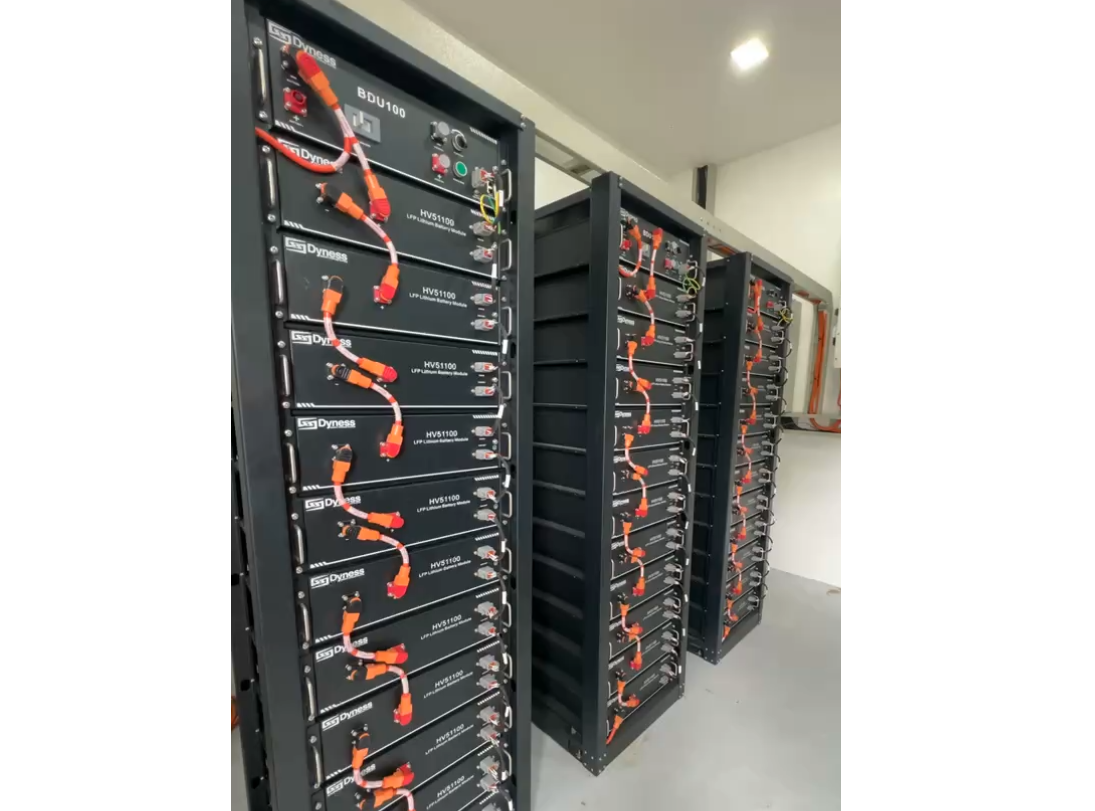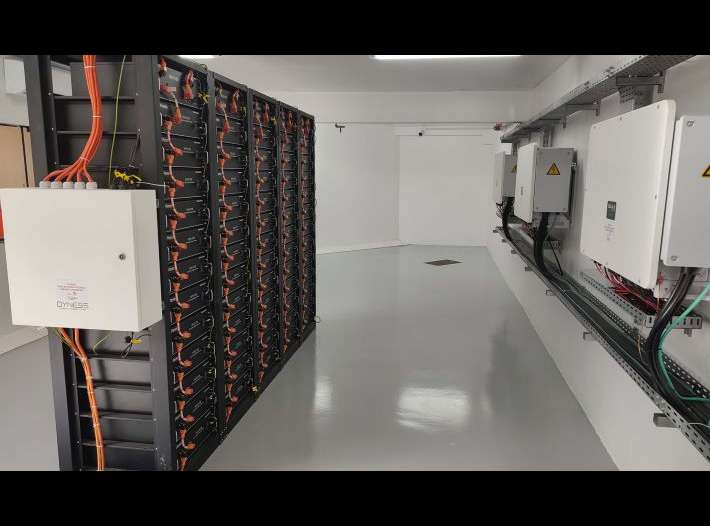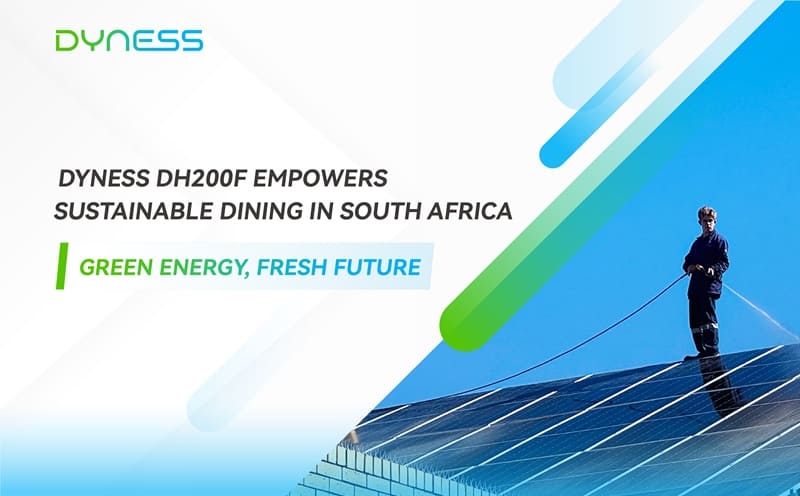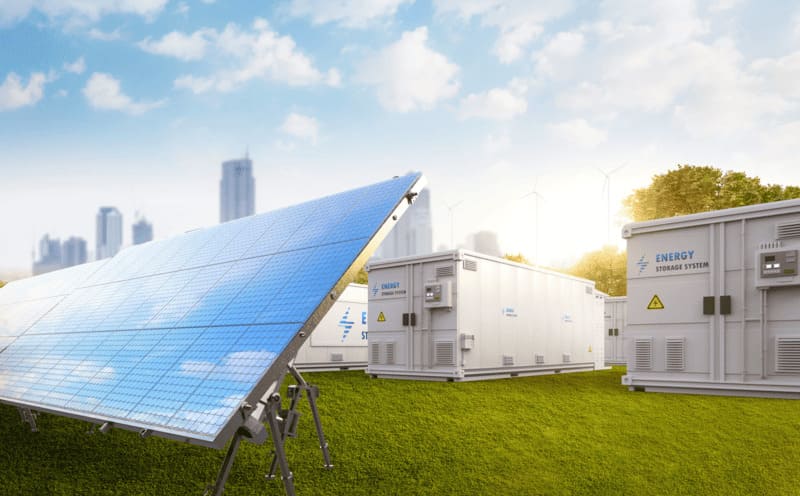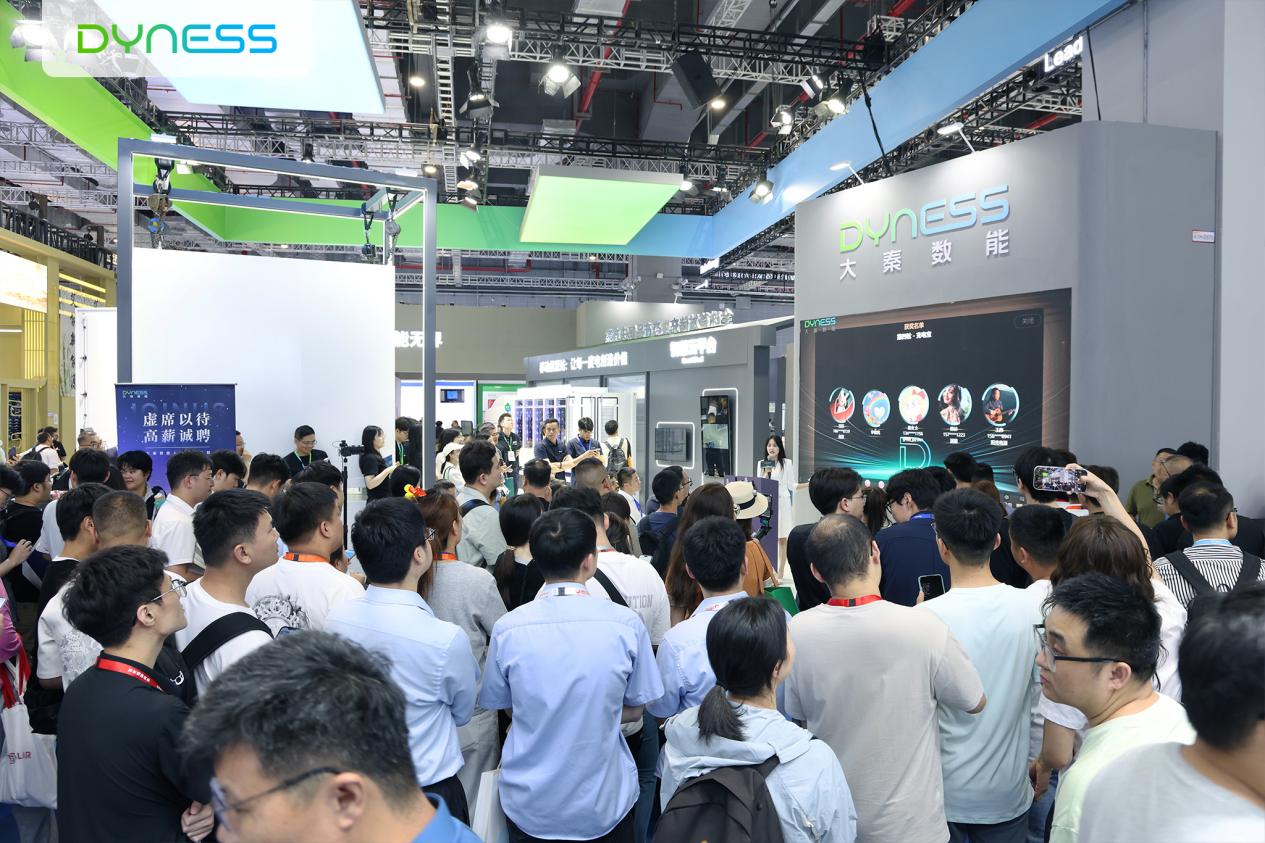PV oversizing for DH200F
-
Technical Blog
-
2025-08-07
-
Dyness

PV over-sizing refers to the installation of a PV system with a capacity exceeding the rated capacity of the MPPT. In DH200F, MPPTs are optional and max 3 MPPT can be installed. The rated capacity of MPPTs is 150kW.
The reasons for choosing PV over-sizing are as follows:
01 Reduce system costs and increase system power generation
The power generation capacity of PV system is influenced by various factors such as solar radiation resources, PV module performance, and system design. Due to factors such as insufficient solar radiation resources, PV module degradation, and system losses, under the traditional design with PV power: MPPT capacity :1:1, the maximum power generated by PV system in actual operation is lower than its installed capacity, so MPPT will not be fully utilized. By installing larger PV arrays, solar energy resources can be maximized, generating more electricity. So it can reach the rated MPPT capacity and provide desired PV power for DH200F.
02 Reduce performance loss
Over time, PV modules will degrade, resulting in reduced efficiency. By over-sizing the PV array, this degradation can be compensated for, ensuring a high level of energy production even as the modules age.
Calculation of PV over-sizing:In PV over-sizing design, there is an important parameter called over-sizing ratio (D), which refers to the ratio of the total installed capacity of PV modules in the system to the total rated capacity of MPPT configured in the DH200F. The calculation formula is as follows:
D = (Pdc / Pmppt) × 100%
Where Pdc represents the nominal power of PV components in the system, and Pmppt denotes the rated capacity of the MPPTs configured in the system. The value of D typically ranges from 110% to 130%, and the specific value needs to be determined based on actual requirements and system environment.

Please be careful when implementing PV over-sizing, taking into account system design and constraints. The following are several factors to consider:
(1) MPPT limitations:
MPPT has a maximum capacity they can handle, and exceeding this limit can lead to performance issues or even damage to the MPPT. Ensure that the MPPT can safely handle the higher input power from an oversized PV array.
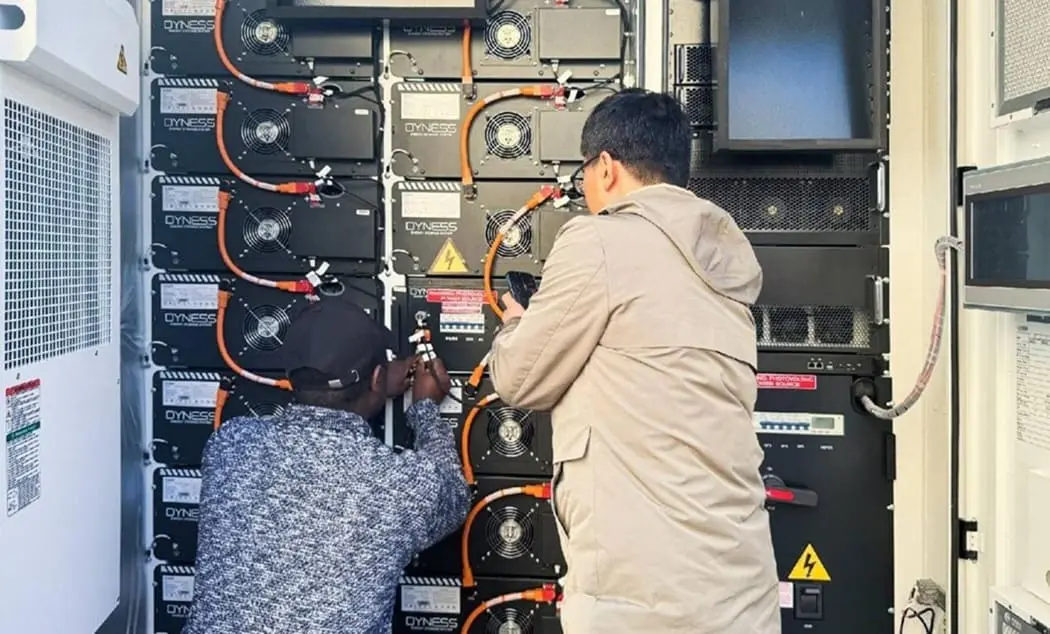
(2) Cost considerations:
Installing a larger PV array incurs additional costs, including extra components, installation hardware, and related system balancing components. Evaluate the financial impact and investment payback period to determine the feasibility of over-sizing.
